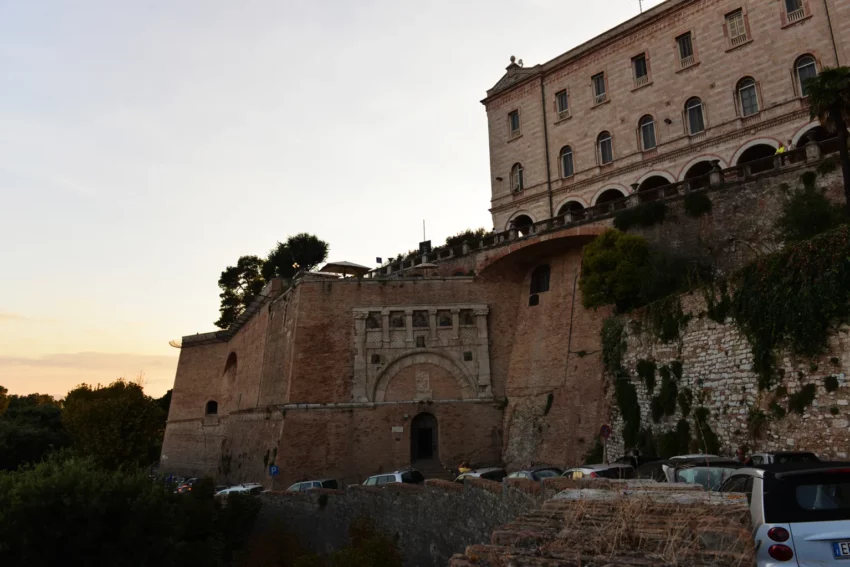The Intriguing History of Rocca Paolina
Rocca Paolina, a Renaissance fortress in Perugia, stands as a symbol of the city’s turbulent past. Constructed between 1540 and 1543 for Pope Paul III, this imposing structure was designed by Antonio da Sangallo the Younger. Let’s explore its fascinating history, architectural splendor, and modern significance.
Get your dose of History via Email
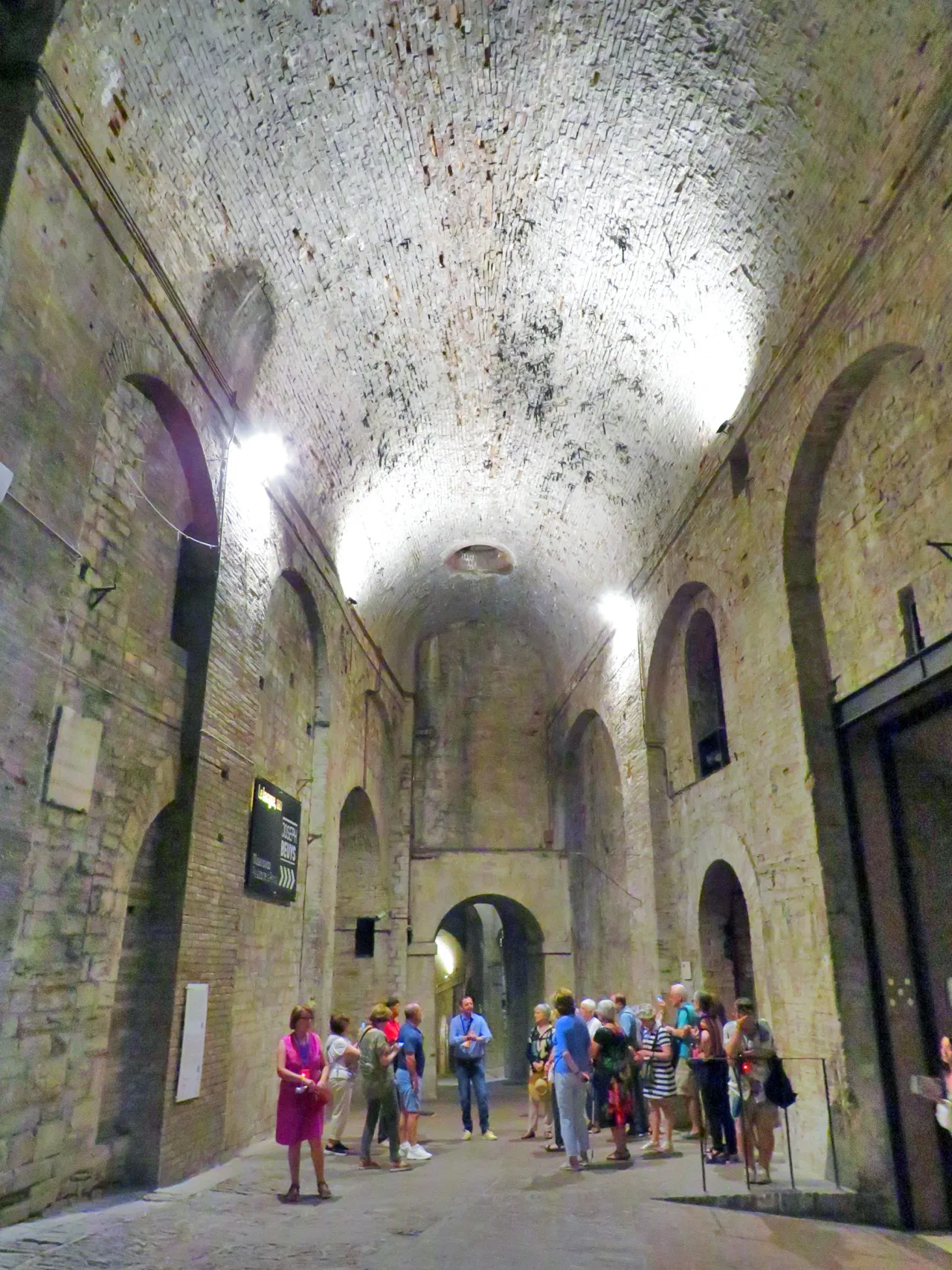
A Fortress Born from Ruins
Rocca Paolina’s construction required the demolition of numerous historical structures. The fortress replaced Etruscan, Roman, and medieval buildings, including over a hundred tower-houses, gates, churches, and monasteries. Notably, the homes of the Baglioni family in Santa Giuliana were destroyed. The fortress transformed the former streets of Perugia’s historic center into underground passageways, which visitors can still explore today.
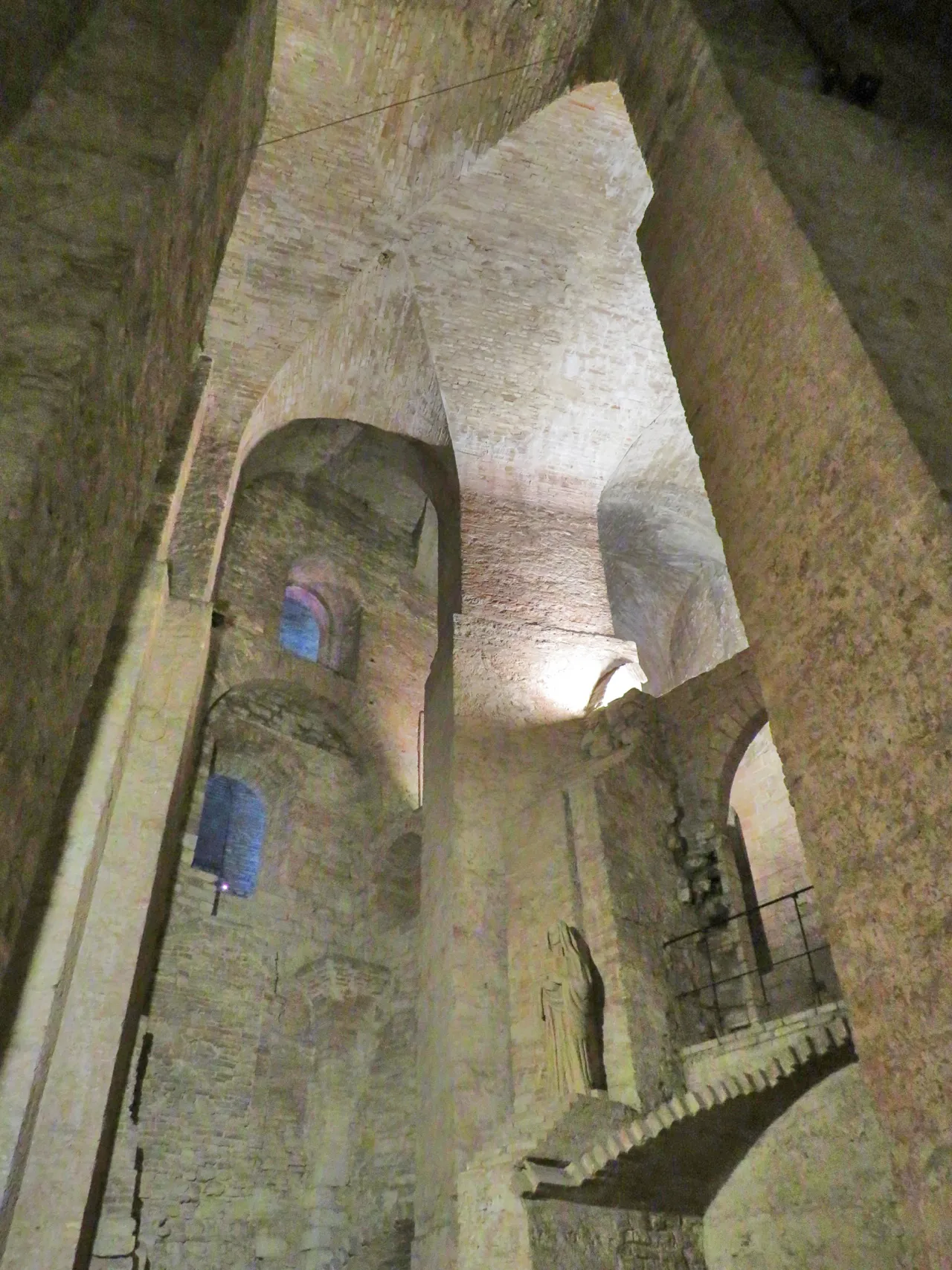
A Symbol of Papal Power
Pope Paul III commissioned Rocca Paolina to assert papal authority over Perugia. Built on the ruins of the Baglioni family’s homes, the fortress occupied much of the city’s southern side. Materials from the demolished village of Santa Giuliana were used in its construction. The fortress incorporated existing structures, turning them into massive vaulted basements.

Destruction and Rebirth
In 1848, Rocca Paolina faced partial destruction, but Pope Pius IX ordered its reconstruction in 1860. However, after Perugia’s annexation to the Kingdom of Italy in 1861, the fortress was systematically demolished. This allowed for the construction of 19th-century buildings and public spaces like Piazza Italia and Viale Indipendenza.
Rediscovering the Past
Despite extensive demolitions, the underground sections of Rocca Paolina survived. The remains of the Papal Palace, the “Corridore,” and the “Tenaglia” were uncovered and restored between 1932 and 1965. Since 1983, escalators have connected the underground city to the Etruscan acropolis, making it accessible to the public.
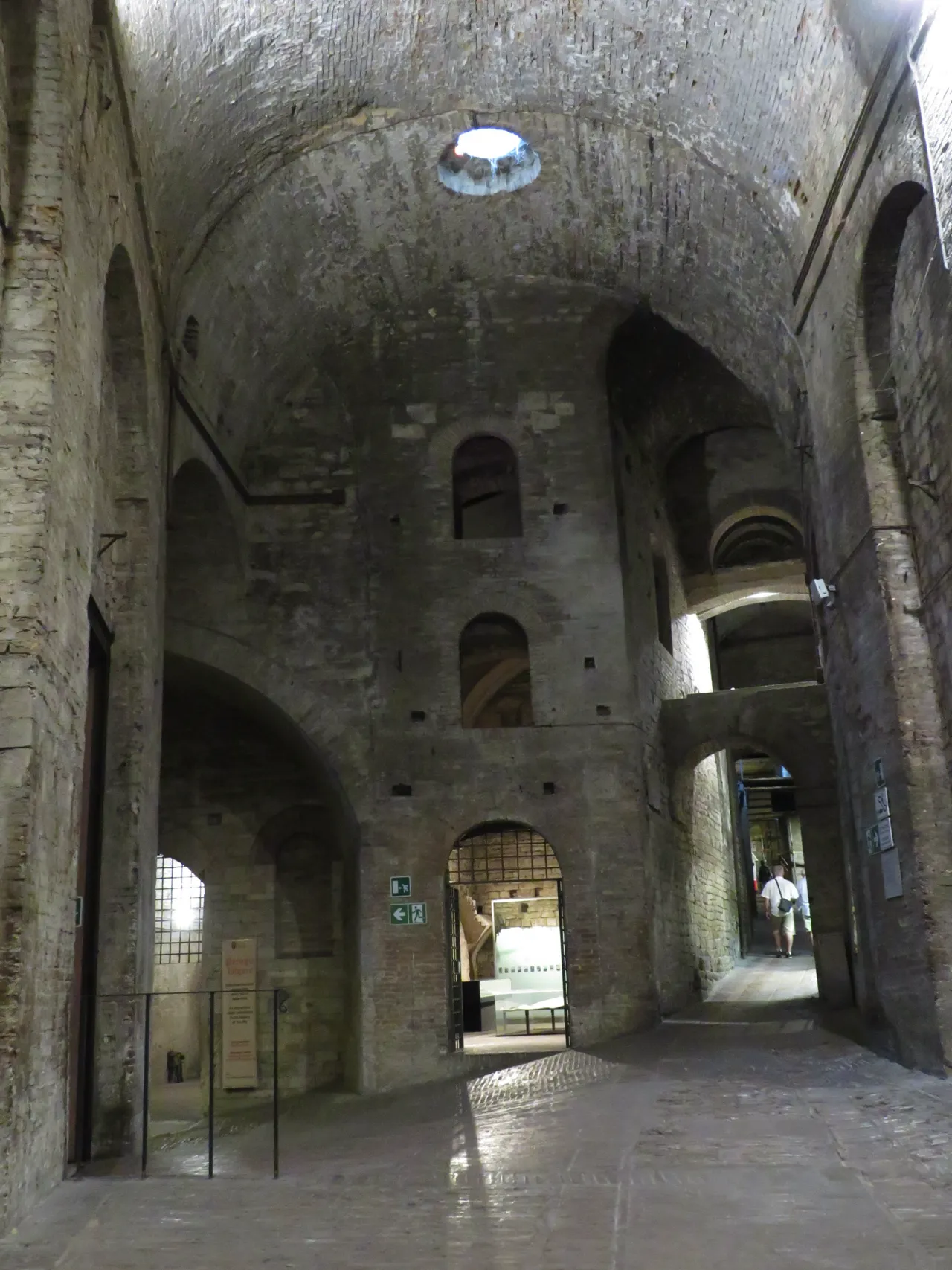
Architectural Highlights
Rocca Paolina originally consisted of three parts: the Papal Palace, the Corridor, and the Tenaglia facing the countryside. The construction incorporated ancient Etruscan architecture, notably the Porta Marzia, which still stands today. This integration showcases the blend of new and old within the fortress walls.
Contemporary Significance
Today, Rocca Paolina hosts various cultural events and exhibitions. Artworks by contemporary artists, such as Alberto Burri’s “Grande Nero” and Massimo Pierucci’s “The Flight of Doves,” enrich its historical ambiance. These modern pieces create a dialogue between past and present, enhancing the fortress’s unique atmosphere.
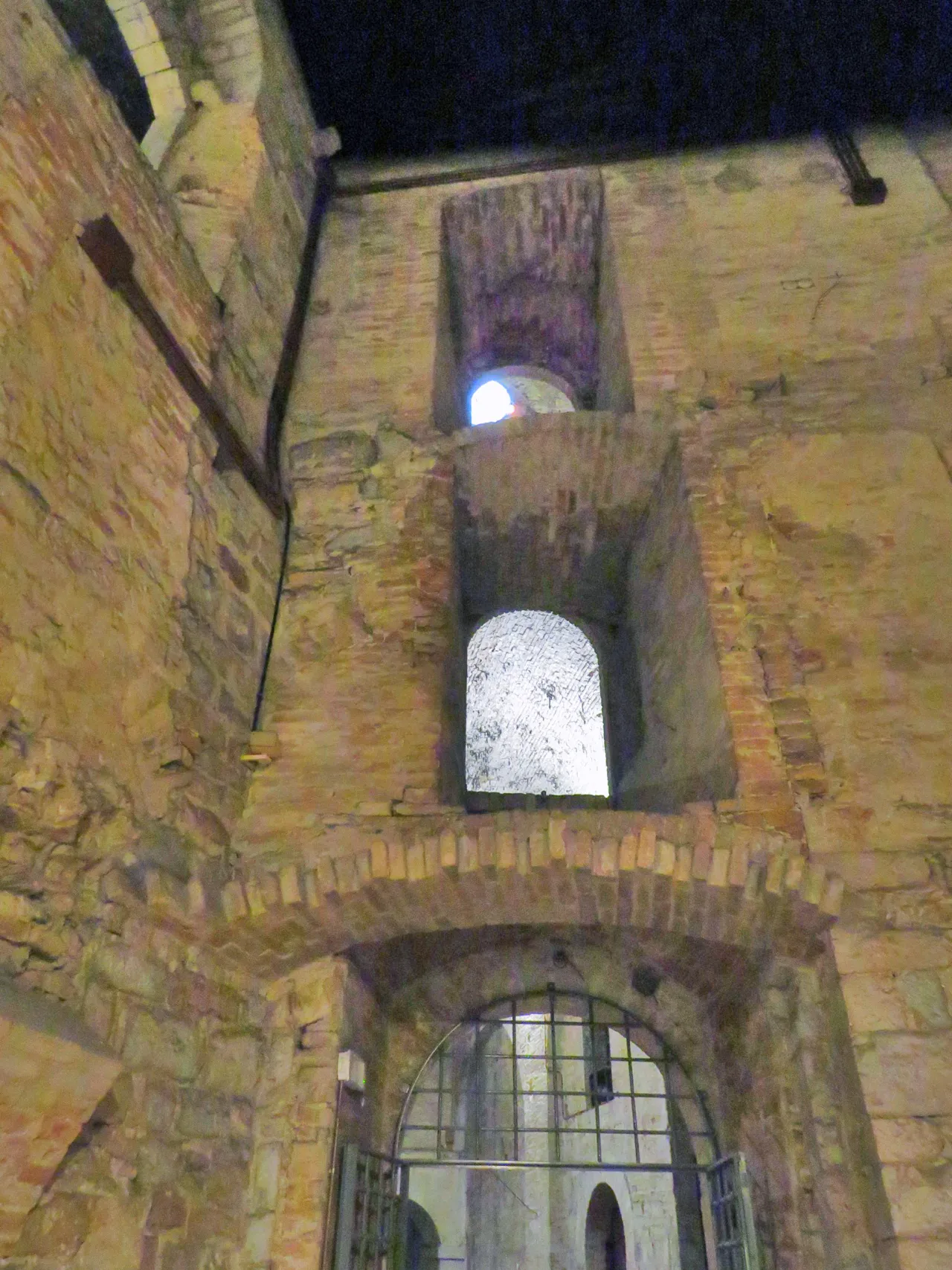
Literature and Legacy
Rocca Paolina also inspired literary works, including Giosuè Carducci’s famous poem “Il Canto dell’Amore.” The poem reflects on the fortress’s beauty and historical significance, cementing its place in Italian cultural heritage.
Conclusion
Rocca Paolina is more than a fortress; it is a journey through Perugia’s rich history. From its Renaissance origins to its role in modern culture, this structure embodies the resilience and transformation of the city. Visiting Rocca Paolina offers a glimpse into the past while celebrating contemporary creativity.
Sources:

